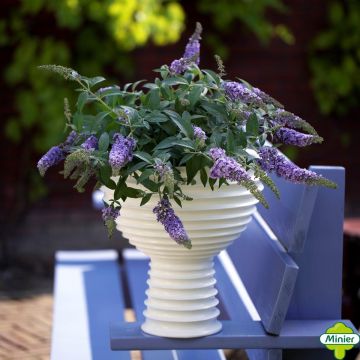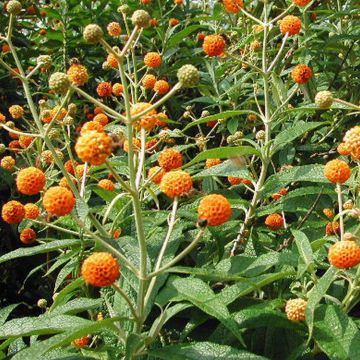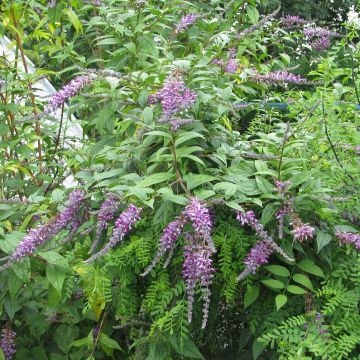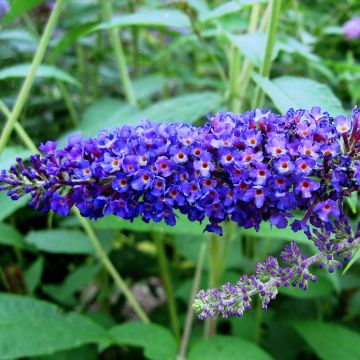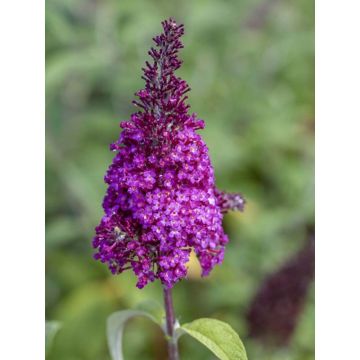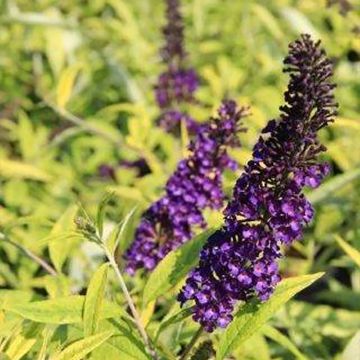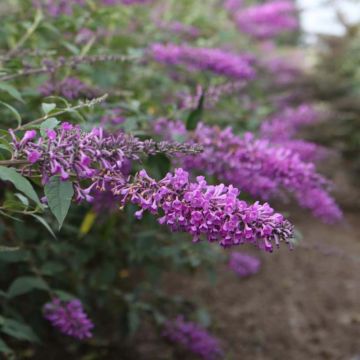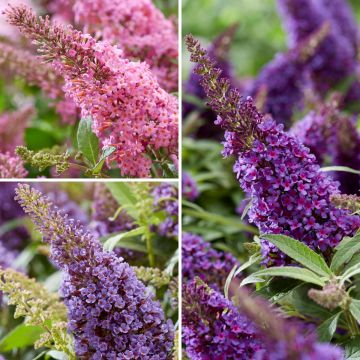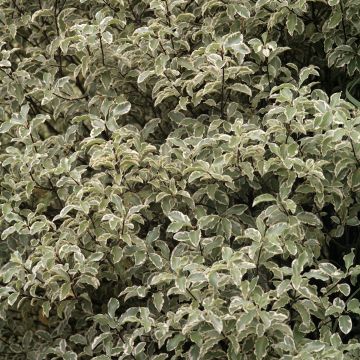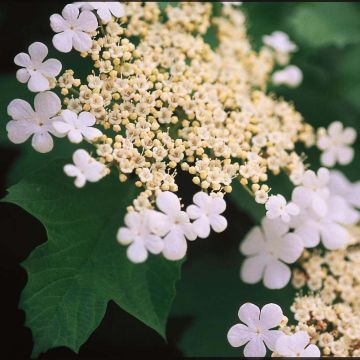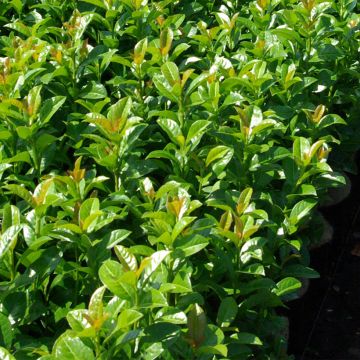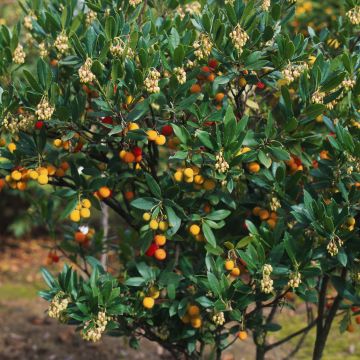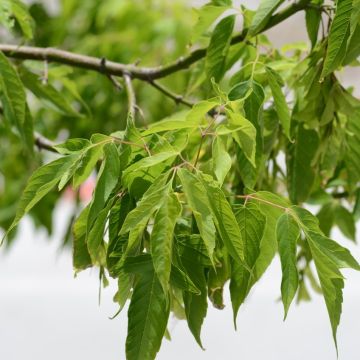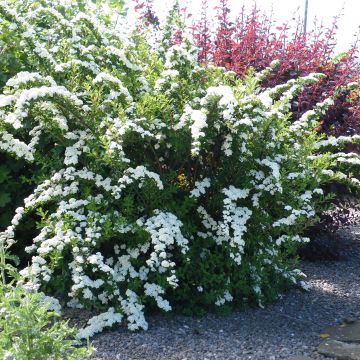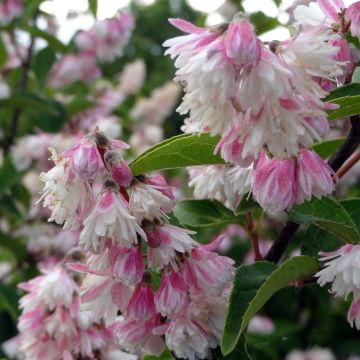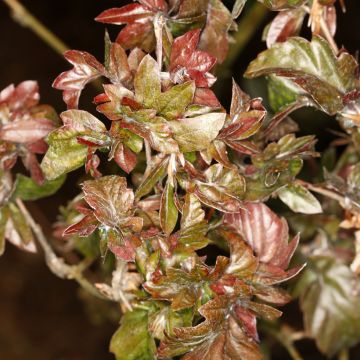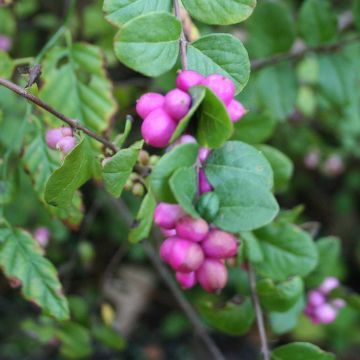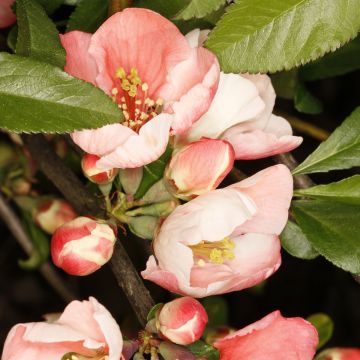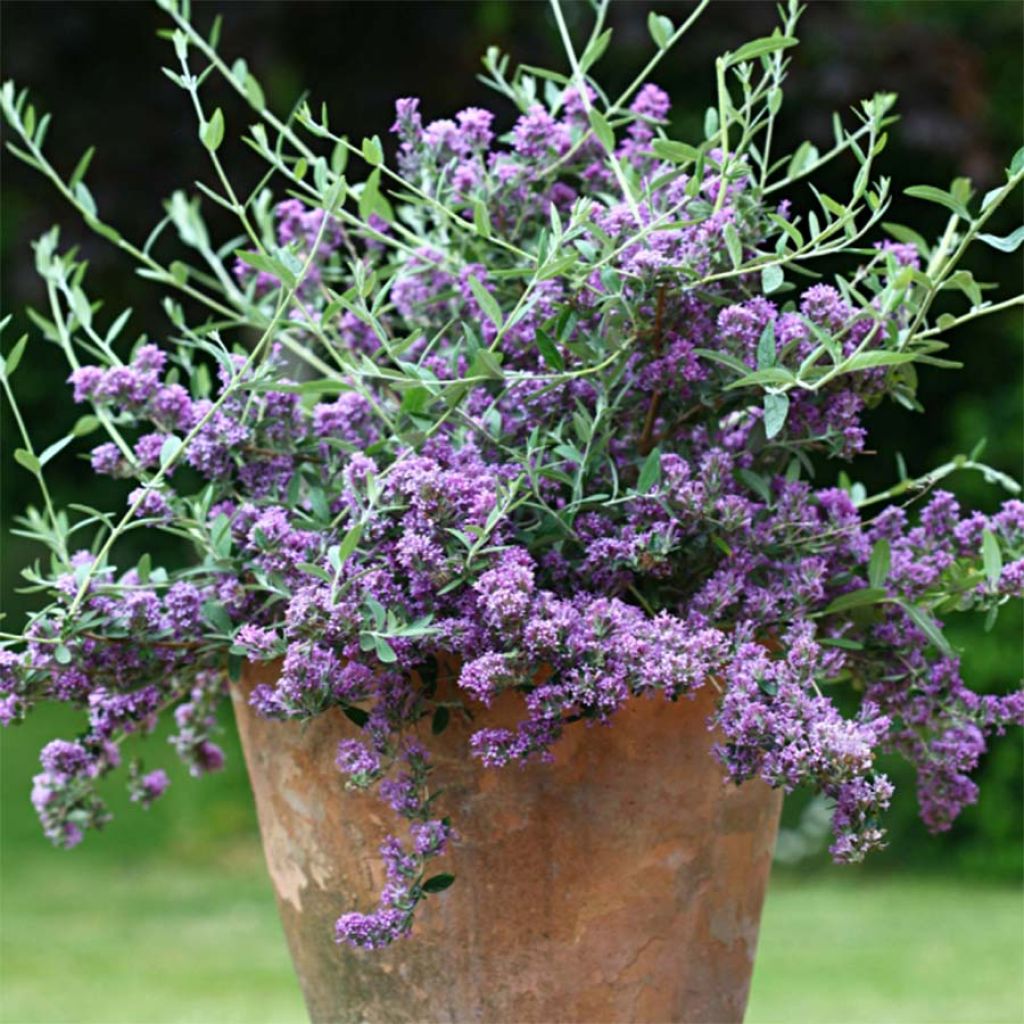

Buddleja alternifolia Unique - Butterfly Bush
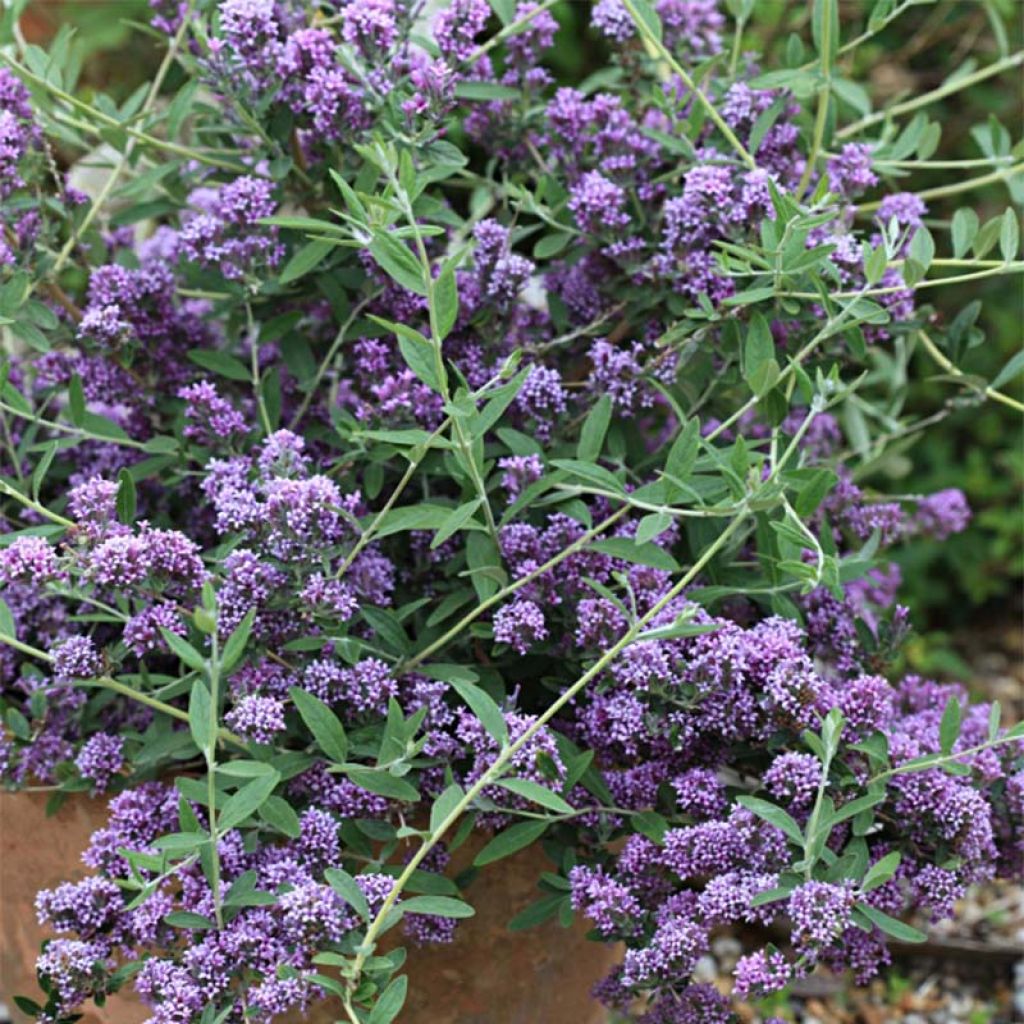

Buddleja alternifolia Unique - Butterfly Bush
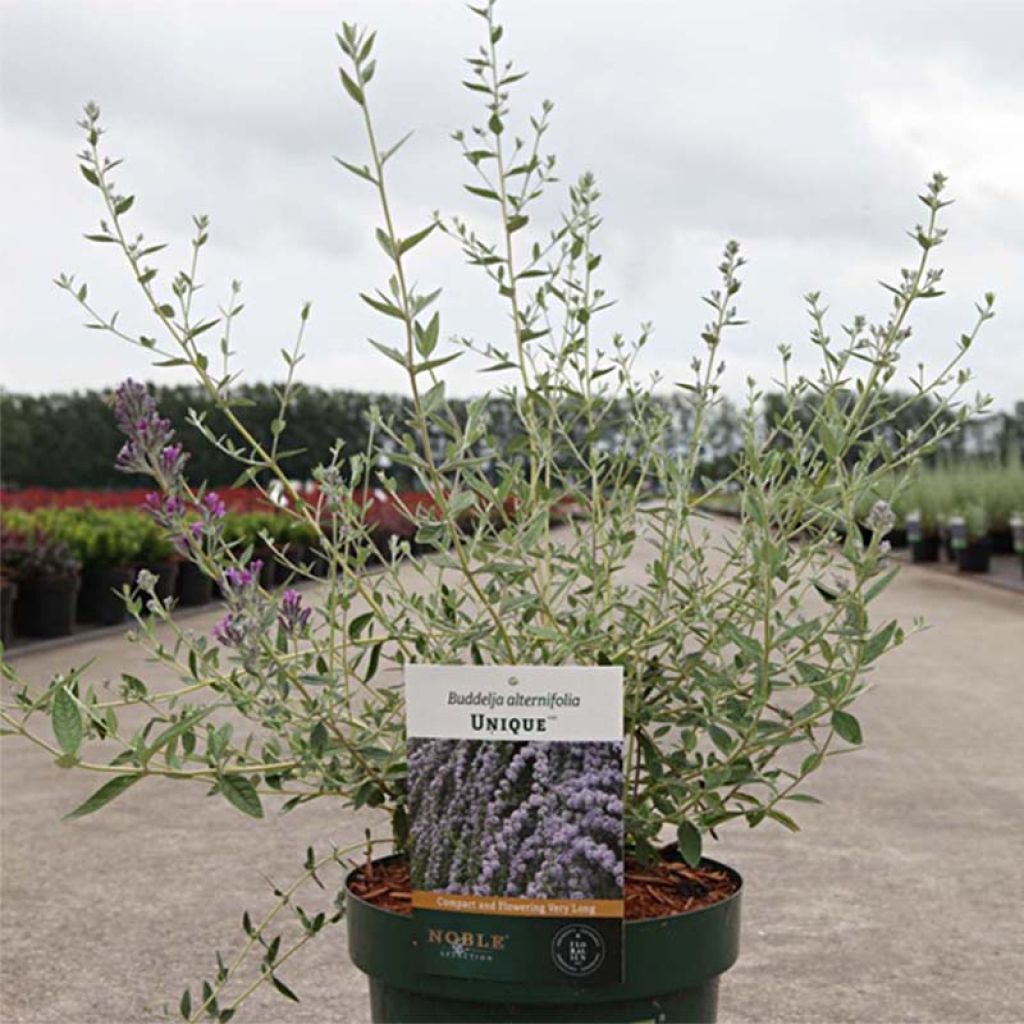

Buddleja alternifolia Unique - Butterfly Bush
Buddleja alternifolia Unique - Butterfly Bush
Buddleja alternifolia Unique
Alternate-leaved Butterfly Bush
Plant intended for a large pot on my terrace. Received in good condition and in bloom. Has not stopped blooming since planting, despite negative temperatures for several weeks at night, which has become rare for us. Only minor issue: I hesitate to prune it with all these flowers! If only all problems were like this... I recommend it for a terrace.
laurence, 30/01/2025
This item cannot be shipped to the selected country
Delivery charge from €5.90
More information
Schedule delivery date,
and select date in basket
This plant carries a 24 months recovery warranty
More information
We guarantee the quality of our plants for a full growing cycle, and will replace at our expense any plant that fails to recover under normal climatic and planting conditions.
From €5.90 for pickup delivery and €6.90 for home delivery
Express home delivery from €8.90.
Does this plant fit my garden?
Set up your Plantfit profile →
Description
Buddleja alternifolia Unique is a newcomer in the world of butterfly trees, with a compact habit and beautiful floribundity. It is a more compact version of Buddleja alternifolia, with the same pendulous branches adorned with small green-grey leaves, but even more floriferous. From June to October, it transforms into a bushy fountain of blue-mauve. This amazing variety is easy to place in a small garden, within a free hedge, a low shrub bed, or in a large pot on a terrace.
Originating from Northwest China, Buddleja alternifolia is a deciduous shrub in the Scrophulariaceae (Buddlejaceae) family. Its bushy habit is slightly untidy but elegant, due to its long slightly arched branches. 'Unique' spontaneously appeared in 2009 in England in a sowing of hybrids derived from this species. It distinguishes itself by its smaller size, not exceeding 1.2 m (3.9 ft) in all directions, and by its long summer flowering, from June to October, on the current year's wood as well as on older branches. This plant does not produce pollen, so it does not self-sow. The fragrant lilac-coloured flowers are gathered in small rounded clusters along the branches. They attract a wide variety of butterflies. The foliage is almost silvery, as the upper side of the small narrow leaves is light green, while their undersides are almost white.
Very tolerant of soil, Buddleja alternifolia Unique is an elegant, robust, easy-to-grow plant that ages well. You can plant it on its own to enjoy its unique pendulous habit, which adds to its charm, or mix it with other low shrubs to create beautiful flowering hedges. Choose companions such as other buddleias ('Lochinch', 'Naho Blue', 'White Chip'), old or English roses (old rose Rosa Cuisse de Nymphe, Rosa Generosa Chantal Thomass rose), and repeat-flowering dwarf lilacs. It is welcome on terraces and balconies.
Buddleja alternifolia is named so because its leaves are arranged alternately on the branches. It produces a good amount of nectar, which will attract certain butterflies. Buddleia or Buddleja comes from the name of its discoverer, Reverend Adam Buddle, a 19th-century English botanist.
Report an error about the product description
Buddleja alternifolia Unique - Butterfly Bush in pictures
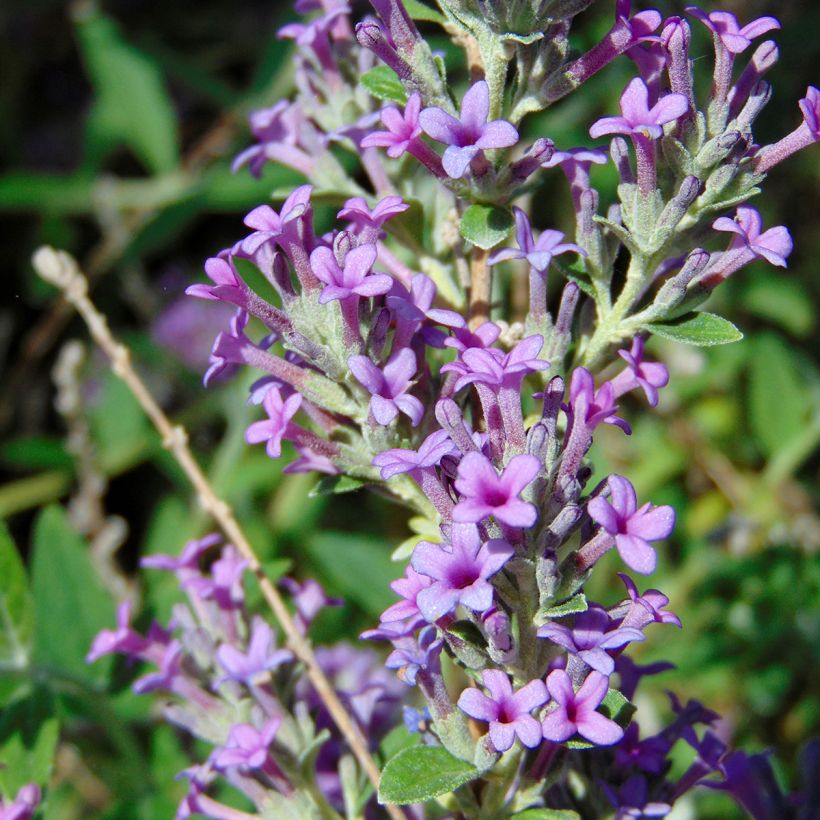

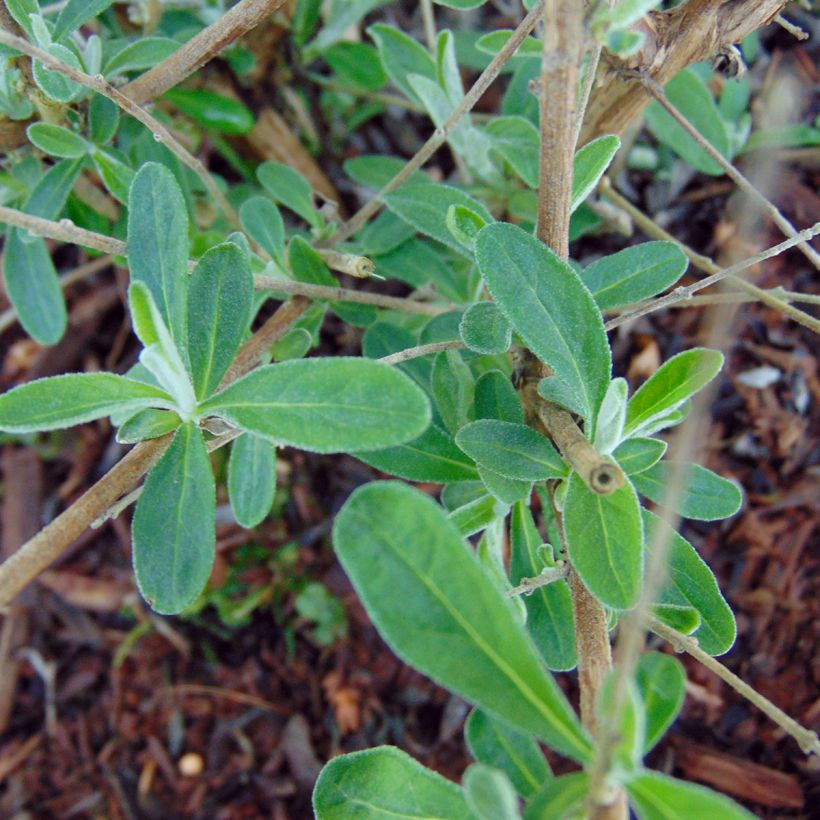

Plant habit
Flowering
Foliage
Botanical data
Buddleja
alternifolia
Unique
Buddlejaceae
Alternate-leaved Butterfly Bush
Cultivar or hybrid
Other Buddleja -Butterfly bush
Planting and care
Easy to grow in any ordinary, deep and not too poor soil, Buddleja alternifolia appreciates sunny spots, and will flower for longer if the soil remains slightly moist, as it will produce new flowering shoots until late in the season. This plant tolerates drought once well established. Plant it in light, fertile, well-drained soil that is not too dry. It will even tolerate limestone. If pruning is necessary, it should be done in March. This buddleja flowers on the current year's wood, so you won't risk removing the upcoming flowers.
Planting period
Intended location
Care
-
, onOrder confirmed
Reply from on Promesse de fleurs
Hedge shrubs
Haven't found what you were looking for?
Hardiness is the lowest winter temperature a plant can endure without suffering serious damage or even dying. However, hardiness is affected by location (a sheltered area, such as a patio), protection (winter cover) and soil type (hardiness is improved by well-drained soil).

Photo Sharing Terms & Conditions
In order to encourage gardeners to interact and share their experiences, Promesse de fleurs offers various media enabling content to be uploaded onto its Site - in particular via the ‘Photo sharing’ module.
The User agrees to refrain from:
- Posting any content that is illegal, prejudicial, insulting, racist, inciteful to hatred, revisionist, contrary to public decency, that infringes on privacy or on the privacy rights of third parties, in particular the publicity rights of persons and goods, intellectual property rights, or the right to privacy.
- Submitting content on behalf of a third party;
- Impersonate the identity of a third party and/or publish any personal information about a third party;
In general, the User undertakes to refrain from any unethical behaviour.
All Content (in particular text, comments, files, images, photos, videos, creative works, etc.), which may be subject to property or intellectual property rights, image or other private rights, shall remain the property of the User, subject to the limited rights granted by the terms of the licence granted by Promesse de fleurs as stated below. Users are at liberty to publish or not to publish such Content on the Site, notably via the ‘Photo Sharing’ facility, and accept that this Content shall be made public and freely accessible, notably on the Internet.
Users further acknowledge, undertake to have ,and guarantee that they hold all necessary rights and permissions to publish such material on the Site, in particular with regard to the legislation in force pertaining to any privacy, property, intellectual property, image, or contractual rights, or rights of any other nature. By publishing such Content on the Site, Users acknowledge accepting full liability as publishers of the Content within the meaning of the law, and grant Promesse de fleurs, free of charge, an inclusive, worldwide licence for the said Content for the entire duration of its publication, including all reproduction, representation, up/downloading, displaying, performing, transmission, and storage rights.
Users also grant permission for their name to be linked to the Content and accept that this link may not always be made available.
By engaging in posting material, Users consent to their Content becoming automatically accessible on the Internet, in particular on other sites and/or blogs and/or web pages of the Promesse de fleurs site, including in particular social pages and the Promesse de fleurs catalogue.
Users may secure the removal of entrusted content free of charge by issuing a simple request via our contact form.
The flowering period indicated on our website applies to countries and regions located in USDA zone 8 (France, the United Kingdom, Ireland, the Netherlands, etc.)
It will vary according to where you live:
- In zones 9 to 10 (Italy, Spain, Greece, etc.), flowering will occur about 2 to 4 weeks earlier.
- In zones 6 to 7 (Germany, Poland, Slovenia, and lower mountainous regions), flowering will be delayed by 2 to 3 weeks.
- In zone 5 (Central Europe, Scandinavia), blooming will be delayed by 3 to 5 weeks.
In temperate climates, pruning of spring-flowering shrubs (forsythia, spireas, etc.) should be done just after flowering.
Pruning of summer-flowering shrubs (Indian Lilac, Perovskia, etc.) can be done in winter or spring.
In cold regions as well as with frost-sensitive plants, avoid pruning too early when severe frosts may still occur.
The planting period indicated on our website applies to countries and regions located in USDA zone 8 (France, United Kingdom, Ireland, Netherlands).
It will vary according to where you live:
- In Mediterranean zones (Marseille, Madrid, Milan, etc.), autumn and winter are the best planting periods.
- In continental zones (Strasbourg, Munich, Vienna, etc.), delay planting by 2 to 3 weeks in spring and bring it forward by 2 to 4 weeks in autumn.
- In mountainous regions (the Alps, Pyrenees, Carpathians, etc.), it is best to plant in late spring (May-June) or late summer (August-September).
The harvesting period indicated on our website applies to countries and regions in USDA zone 8 (France, England, Ireland, the Netherlands).
In colder areas (Scandinavia, Poland, Austria...) fruit and vegetable harvests are likely to be delayed by 3-4 weeks.
In warmer areas (Italy, Spain, Greece, etc.), harvesting will probably take place earlier, depending on weather conditions.
The sowing periods indicated on our website apply to countries and regions within USDA Zone 8 (France, UK, Ireland, Netherlands).
In colder areas (Scandinavia, Poland, Austria...), delay any outdoor sowing by 3-4 weeks, or sow under glass.
In warmer climes (Italy, Spain, Greece, etc.), bring outdoor sowing forward by a few weeks.

































